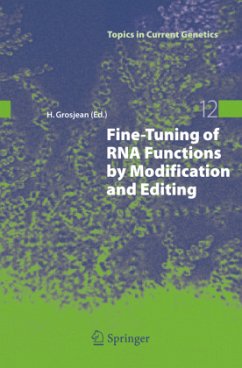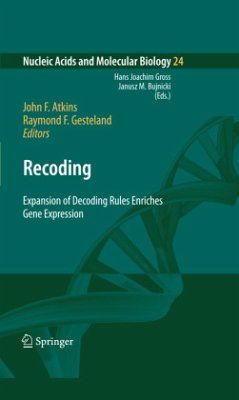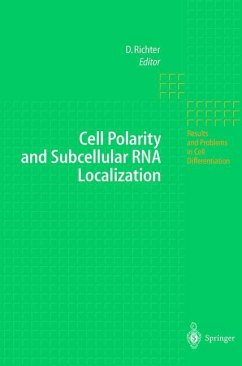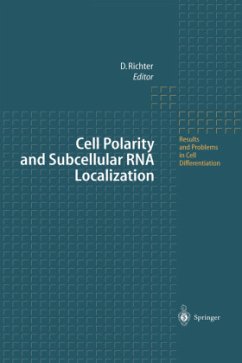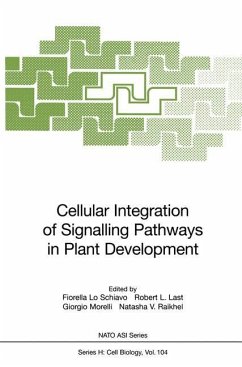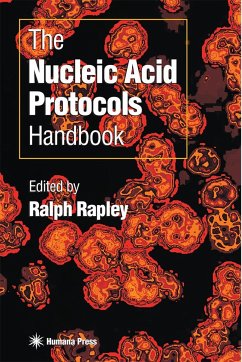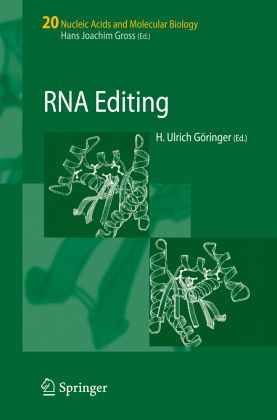
RNA Editing

PAYBACK Punkte
57 °P sammeln!
"Editing a book on editing" has a certain "tongue in cheek" connotation to it, and I must admit that I was not aware what the job truly entailed when the project started. However, over the many months that it took to complete the book, it was interesting to realize that indeed "printing-type editing" and "biological editing" have many matching characteristics. Therefore, the quote by the well-known ? lm editor Verna Fields (1918-1982), "I wish the word "editing" had never been invented, "editing" implies correcting, and it's not", can function as a motto for the book: the various biological ph...
"Editing a book on editing" has a certain "tongue in cheek" connotation to it, and I must admit that I was not aware what the job truly entailed when the project started. However, over the many months that it took to complete the book, it was interesting to realize that indeed "printing-type editing" and "biological editing" have many matching characteristics. Therefore, the quote by the well-known ? lm editor Verna Fields (1918-1982), "I wish the word "editing" had never been invented, "editing" implies correcting, and it's not", can function as a motto for the book: the various biological phenomena that are controlled by the different editing reactions are by far more complex than a simple correction process, and it is astounding how multifaceted the ? eld has become. All chapters of the book focus, as a general "editorial" subtext, on the corre- tion between RNA structure and function, and on complexity. This involves diff- ent length scales: from complex molecular machineries, to the interplay of complex biochemical pathways, and to evolutionary processes. The chapters are organized in a sequence beginning with a status quo account of RNA editing reactions from the focused perspective of RNA structure. This is followed by a chapter on the structure/function correlation in tRNA editing, and a chapter on RNA editing by adenosine deaminases that act on RNA (ADARs).



